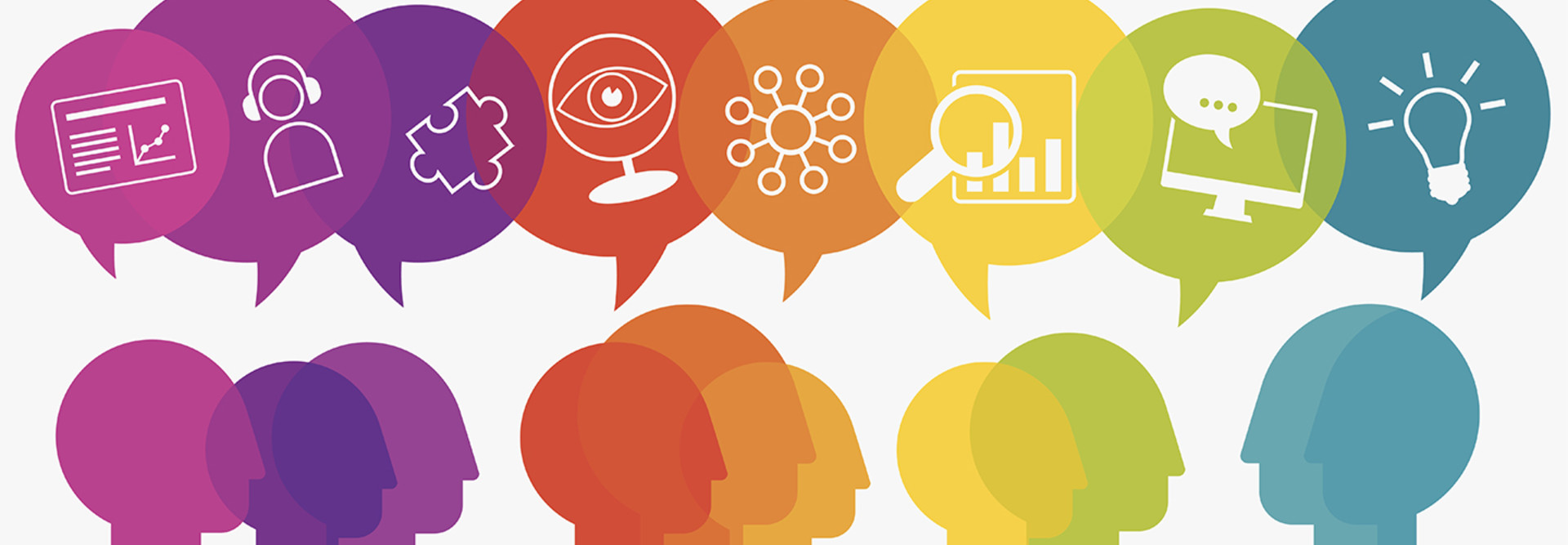6 Ways Administrators Can Prove the Efficacy of Digital Tools
As a principal, the buck stopped with me. I was reminded of this by numerous superintendents during my tenure as a school leader. However, when we began moving forward with our digital transformation, a superintendent asked me point blank what evidence I had that supported our claims that new equated to better.
For change to really be embraced by all stakeholders, it is critical that we don’t just tell, but we also show that improvement is occurring.
Accountability matters and is a reality in our work. We are accountable first and foremost to our learners. In education, efficacy matters and it is important that it is part of the larger conversation.
Applying this concept to digital learning can go a long way toward solidifying the use of technology as an established practice, not just a frill or add-on.
SIGN UP: Get more news from the EdTech newsletter in your inbox every two weeks!
1. Start Digital Transformation with Pedagogy
The journey to efficacy begins and ends with the intended goal in mind and a strong pedagogical foundation. Adding technology or new ideas without this in place will likely not be effective.
The Rigor Relevance Framework provides schools and educators with a system of checks and balances by providing a common language for all, creating a culture around a common vision and establishing a critical lens through which to examine curriculum, instruction and assessment.
Once an overall vision for digital learning is firmly in place, you can begin to work on the structures and supports to ensure success. The why is great, but the how and what have to be fleshed out.
2. Ask Essential Questions Regarding Efficacy
Questions provide context for where we want to go, how we get there and whether success is achieved. Having more questions than answers is a natural part of the initial change process. Over time, however, concrete answers can illustrate that efficacy in digital learning has been achieved.
Consider how you might respond to the questions below:
- What evidence do we have to demonstrate the impact of technology on school culture?
- How are we making learning relevant for our students?
- How do we implement and support rigorous and relevant learning tasks that help students become future-ready?
- What is required to create spaces that model real-world environments and learning opportunities?
- What observable evidence can be used to measure the effect technology is having on student learning and achievement?
- How can targeted feedback be provided to our teachers and students, so that technology can enhance learning?
3. Research Helps Establish What Tech Works
Research is prevalent in education for a reason. It provides us with a baseline for what works with student learning. It is up to us as educators to sift through and then align the best and most practical studies out there to support the need to transform learning in the digital age.
We can look to the past in order to inform current practice. For example, so many of us are proponents of project-based and collaborative learning, and student ownership. Research can validate that digital tech supports and enhances all of these.
One of the main reasons Tom Murray and I wrote Learning Transformed: 8 Keys to Designing Tomorrow’s Schools was to provide a sound research base that supports digital learning and embraces innovative practices.
Also, Linda Darling-Hammond’s research found that technology helps at-risk students learn new skills when it is used in interactive learning and allows students to explore and create.
4. Keep Practicality in Mind with Digital Tools
Everything we do should align with the demands, and at times, constraints of the job. This includes preparing students for success on standardized tests. If it’s not practical, the drive to implement new ideas and practices wanes or never materializes.
Creating rigorous digital performance tasks that are aligned with standards and the scope and sequence found in the curriculum is just good practice.
The Rigor Relevance Framework assists in creating performance tasks that engage learners in critical thinking and problem-solving while applying what they have learned in meaningful ways. There is also a natural alignment to incorporating student agency.
5. Evidence and Accountability Prove Return on Instruction
Evidence and accountability are a part of every profession, and, quite frankly, we need more of both in education to not only show efficacy in our work, but to also scale needed change.
Not everything has to or can be measured. However, focusing on a return on instruction allows everyone to incorporate quantitative and qualitative measures to determine if improvement is in fact occurring.
6. Reflect on the Outcomes of Using Digital Tools
When it is all said and done, the most important thing we can all do is constantly reflect on our practice. In terms of efficacy in digital learning, consider these questions:
- Did my students learn?
- How do I know if my students learned?
- How do others know if my students learned?
- What can be done to improve?
- What point of view have I not considered?
Amazing things are happening in education, whether it be through digital learning or the implementation of innovative ideas. The more we push each other on efficacy, the more our collective goals for education, learning and leadership can be achieved.









